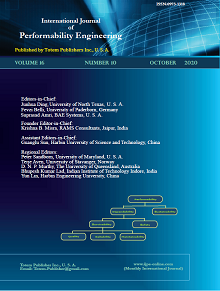-
A Framework to Facilitate Automated Assembly Sequence Planning in Design Strategies
- Deepak Kumar Kolur, Sanju Yadav, Anil Kumar Gulvindala, and MVA Raju Bahubalendruni
-
2020, 16(10):
1517-1524.
doi:10.23940/ijpe.20.10.p3.15171524
-
 Abstract
Abstract
 PDF (557KB)
PDF (557KB)

-
References |
Related Articles
Manufacturing industries are facing challenging situations to produce efficient products for unexpected market responsiveness. Environmental policies and legislation pressures without any compromise in the quality of the product are other challenges linked to building a market-responsive product at a lower cost. Earlier manufacturers were only concerned with fast delivery of products, but now, because of new policies, they are made to follow up work, repair/maintenance, and disposal. Hence, to meet the above demands optimally under established machinery and setup, researchers are developing many design strategies such as DFA, DFMA, DFE, DFD, DFR, and DFQ. The overwhelming problem intensifies the efforts in design and assembly variations, including selecting the material, machine, tool, method, market management, and more. In this article, an attempt is made to solve the problems that are encountered at the product development stage to meet the guidelines of the existing strategies. The obtained results are examined and discussed with suitable illustrations.

